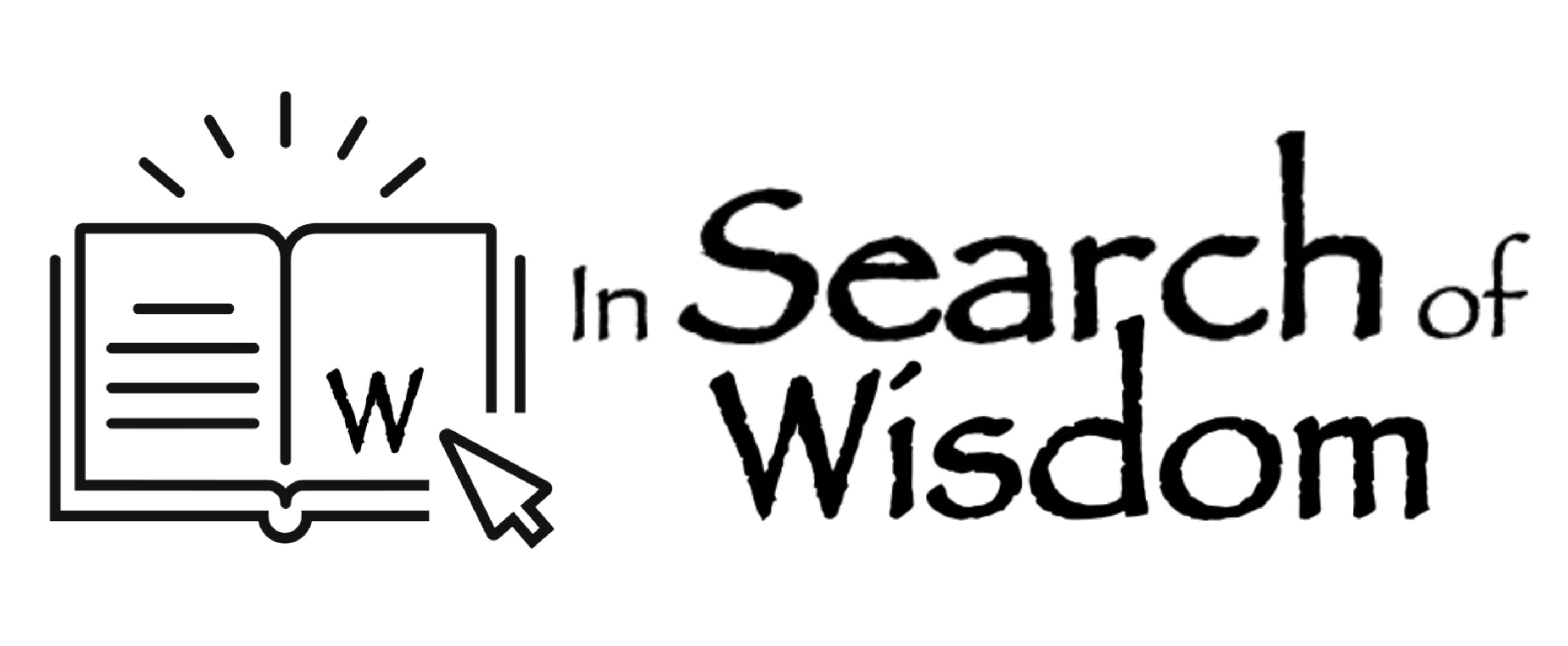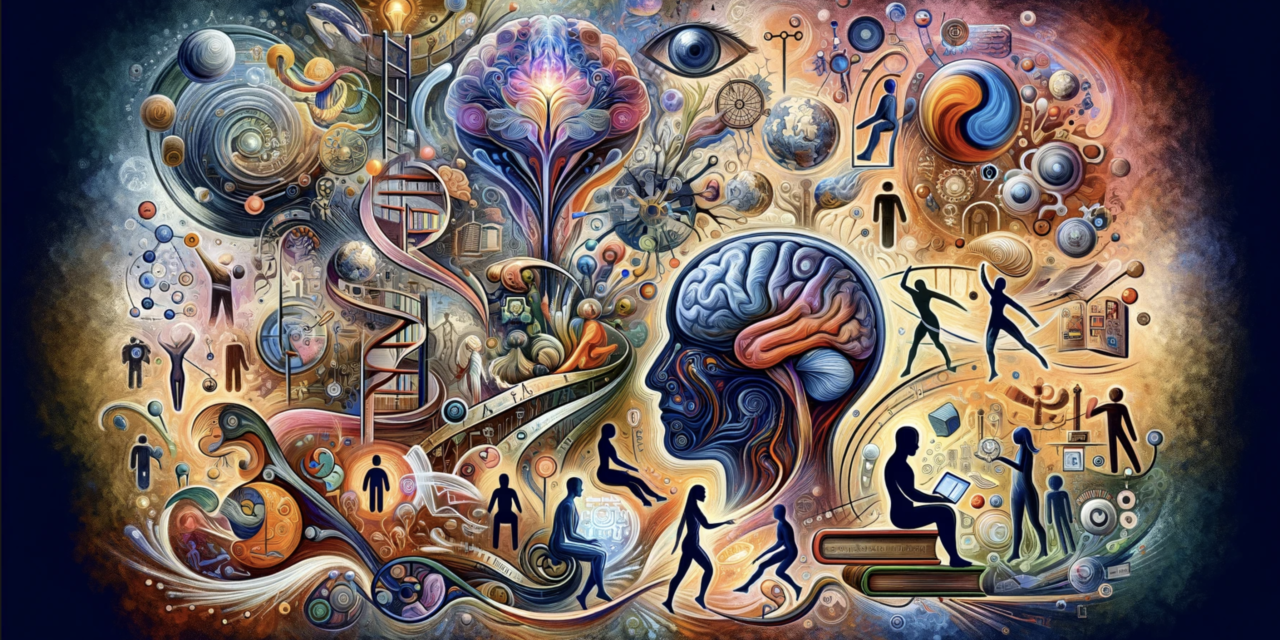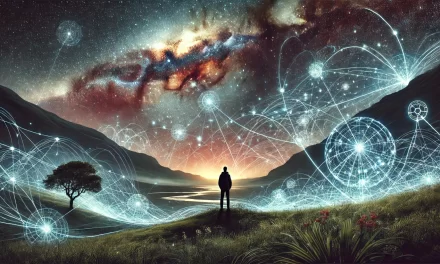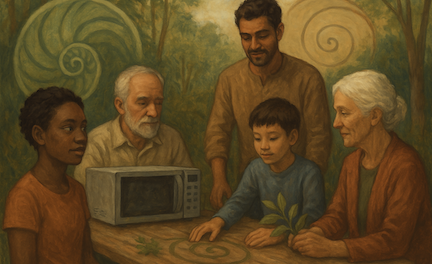Who is the “Real” You?
When you tell people who you are, it is likely that you assemble a selection of facts and opinions about yourself and present them as a coherent story.
But who are you, really?
Would it surprise you if someone told you that you are a story your body tells itself to optimize your chance of survival, reproduction, and well-being?
Surprisingly, that statement is deeply grounded in a multidisciplinary understanding of human nature, incorporating insights from psychology, neuroscience, sociology, and anthropology. Let me explain:
The Foundation: A Social Species and the Power of Storytelling
Humans, as a highly social species, rely on storytelling as a fundamental means of relating to one another. Stories are not mere entertainment; they serve as the building blocks for shared identities and a sense of belonging. As noted by Dan McAdams’s concept of narrative identity, this process begins in our teenage years. It continues throughout our lives, evolving us from actors to agents and, finally, authors of our lives. This progression underscores the importance of storytelling in personal development and social integration.
The Societal Glue: Shared Fictions
Yuval Noah Harari’s concept that shared fiction is essential for society and culture underscores the power of collective narratives in binding communities together. Collective narratives enable the organization and cooperation of large groups of humans in a way no other species can. These shared fictions are not just stories about our past but also include abstract concepts such as “money” or “the law.” Stories tell us who we are and aspire to be, shaping our societal structures and cultural norms.
The Brain’s Role: Energy Management and Predictive Consciousness
Neuroscientific research highlights that the brain, an energy-intensive organ, prioritizes managing its energy usage, relegating many functions to the subconscious. Anil Seth’s work on predictive consciousness expands this understanding, showing how our brains continually optimize our survival and well-being by predicting and responding to internal and external cues. This optimization process is a form of storytelling in which the brain constructs narratives about our environment and place within it to guide our actions and reactions.
The Embodied Mind and Our Place in the World
The perspective of the embodied mindemphasizes that our minds are not separate from our bodies or our environment; rather, they emerge from the interaction between our brain, bodily experiences, and the world around us. This ongoing interaction involves a continuous exchange of stories—those we tell ourselves about our own experiences and those we share with others. Lisa Feldman Barrett’s research into the brain’s ability to create multiple kinds of personality and David Berreby’s work on social categorization further elucidate how our sense of self and belonging is constructed through these narratives.
Conclusion: The Narrative of Survival, Reproduction, and Well-Being
Bringing these perspectives together, the assertion that “you are a story your body tells itself to optimize your chance of survival, reproduction, and well-being” becomes a powerful narrative about the human condition. In their quest to efficiently manage energy and navigate our social and physical environment, our brains generate stories about who we are, who we belong with, and how we fit into the world. These stories are not mere fabrications; they are the essence of our being, shaping our perceptions, decisions, and actions.”
Terry Cooke-Davies
19 March 2024
Special thanks to the AI assistance provided by Perplexity and ChatGPT (4) from OpenAI for offering insights and suggestions that helped shape this article.






